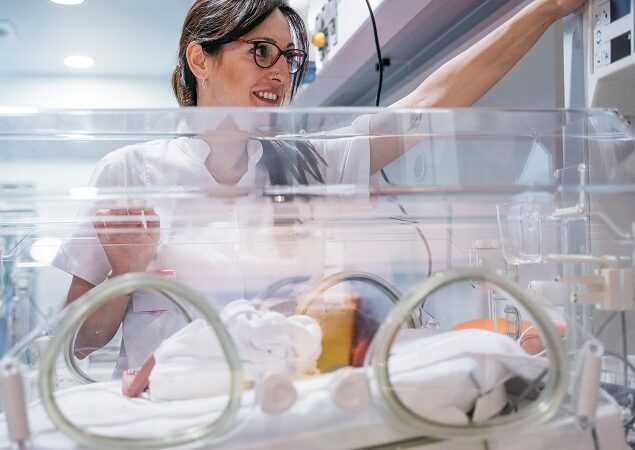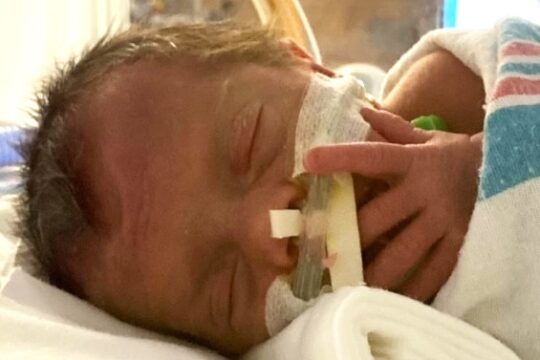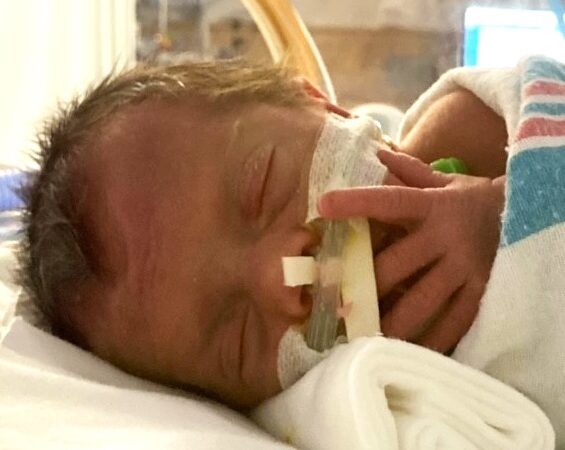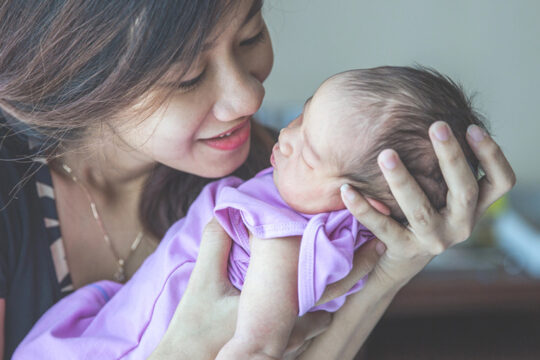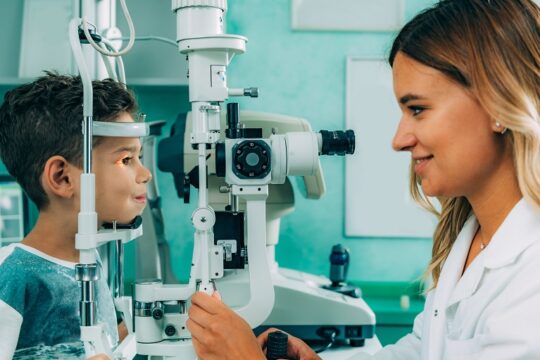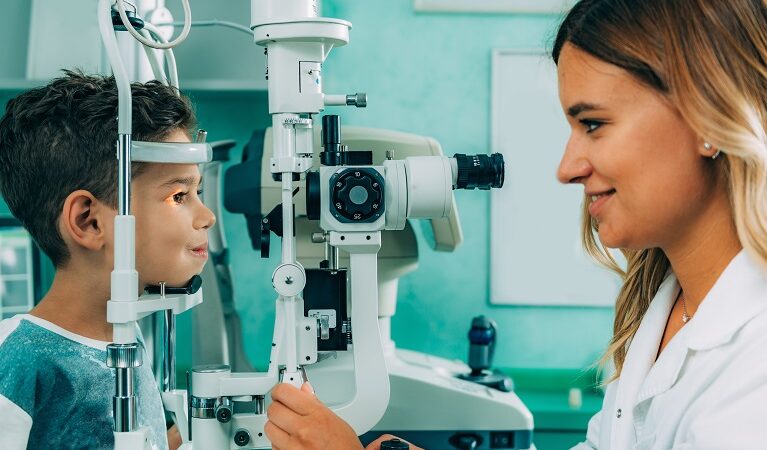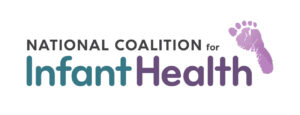What is Retinopathy of Prematurity (ROP)?
ROP affects the back of the eye called the retina. The retina is a thin layer of cells in the back of the eye. It collects all the light information from what we see. It then sends information through the optic nerve to the brain where it becomes an image. ROP occurs when blood vessels in the eye that have not finished growing before a baby is born begin to grow abnormally and in the wrong direction. Most ROP will resolve on its own without any damage to the retina or vision loss.
In severe cases, ROP can worsen, and abnormal blood vessels can form that may leak and even cause the layers of the retina to separate. Scar tissue can form and damage the retina by pulling the retina away from the back of the eye (retinal detachment) leading to vision loss or blindness. For babies with ROP, it is difficult to know which cases will resolve or worsen.
What causes ROP?
ROP happens more often in babies born early or small because the blood vessels of the retina begin to grow around 16 weeks into the pregnancy, and do not completely form until 36 and 40 weeks of pregnancy. Blood vessels in the eye that haven’t finished growing before a baby is born might begin to grow abnormally and in the wrong direction once they are born – causing ROP. Being born early also requires more medical support, such as extra oxygen, which can also cause the blood vessels to grow abnormally fast.
What are the risk factors for ROP?
The earlier and smaller a baby is born, the more likely their chance of developing ROP that may need treatment. Other risk factors that may increase a newborn’s likelihood of having severe ROP include:
- Breathing problems at birth that require prolonged and high amounts of oxygen
- Changing oxygen levels in the NICU (high to low and vice versa)
- Poor growth or weight gain after birth
- Being a multiple at birth (twins, triplets, etc.)
- Infections in the baby’s mother around the time of delivery
- Infections in the baby after birth
- Bleeding in the brain
- High blood sugar
How Common is ROP?
Among babies who are born prematurely in the United States, about 14,000 children will be diagnosed with ROP each year.
About 1,300 children with retinopathy of prematurity experience vision loss.
Children have severe visual impairment or blindness because of ROP each year.
Because Black and Hispanic babies are born early more often than White babies, they have higher rates of ROP
Almost 90% of babies with ROP will experience “regression” of the disease, meaning it improves on its own without treatment.



